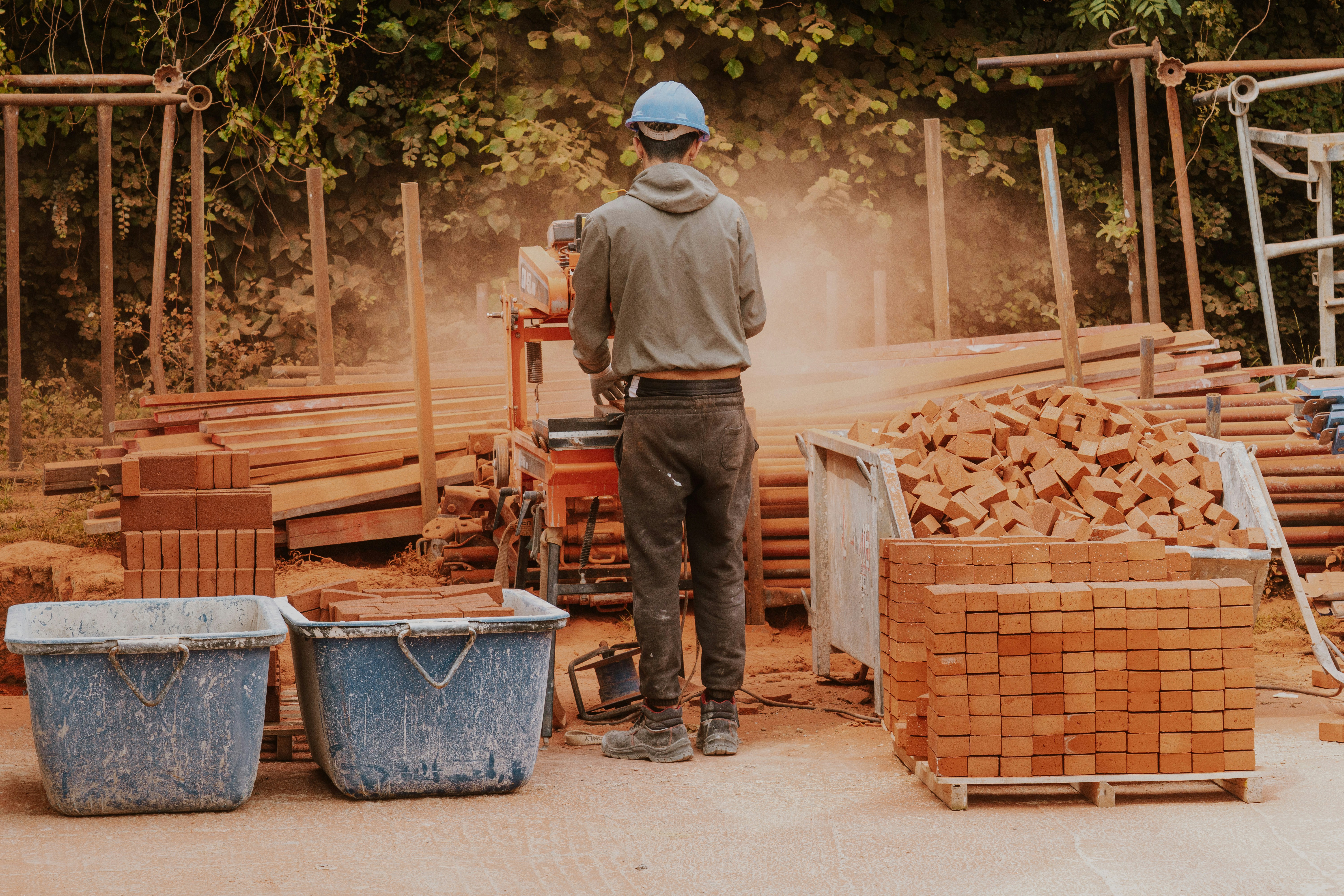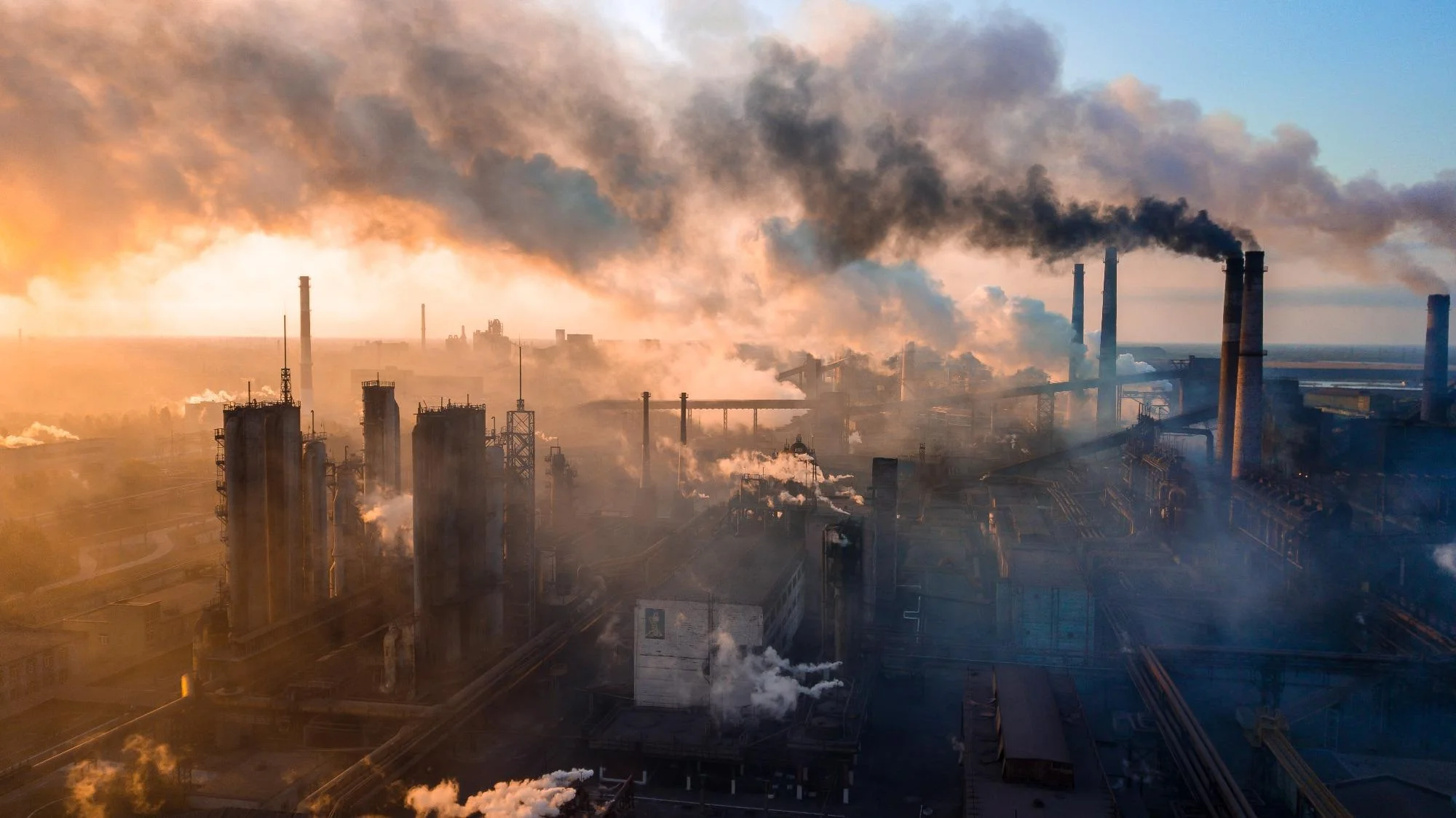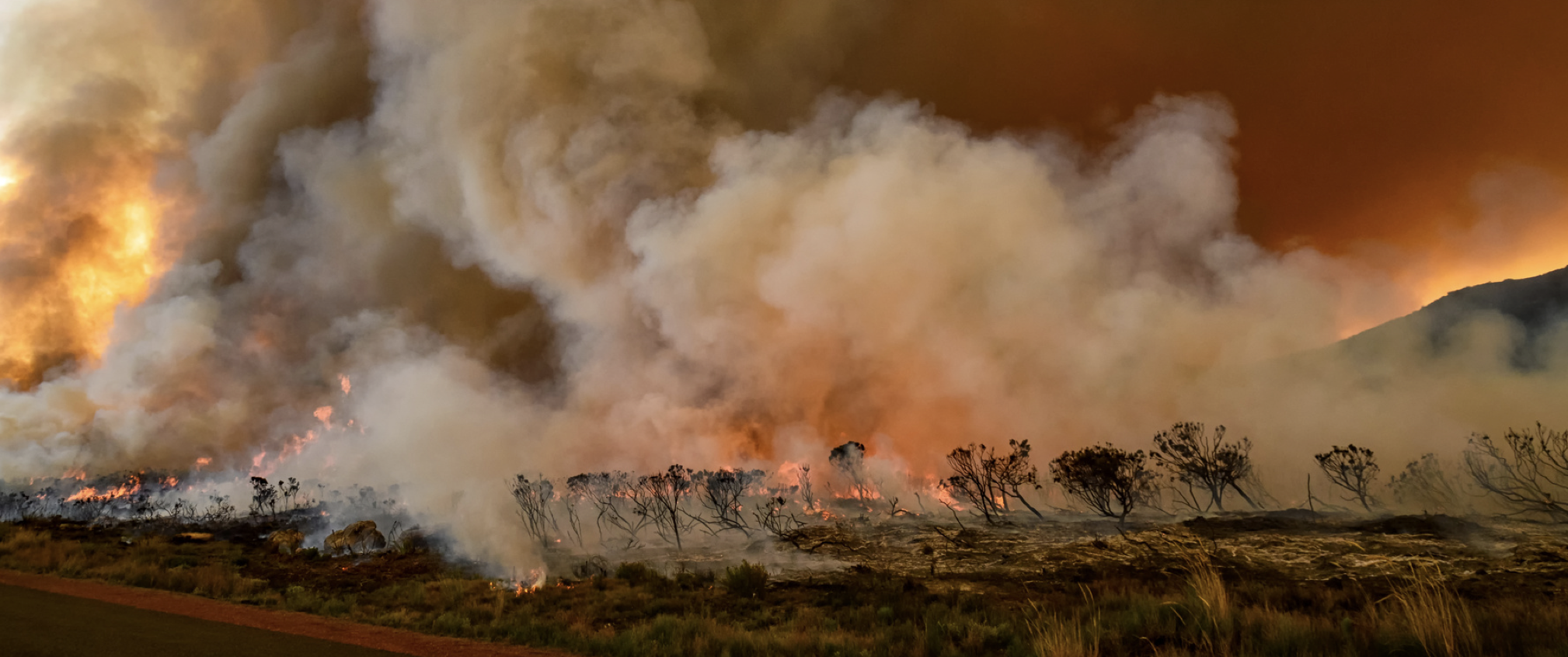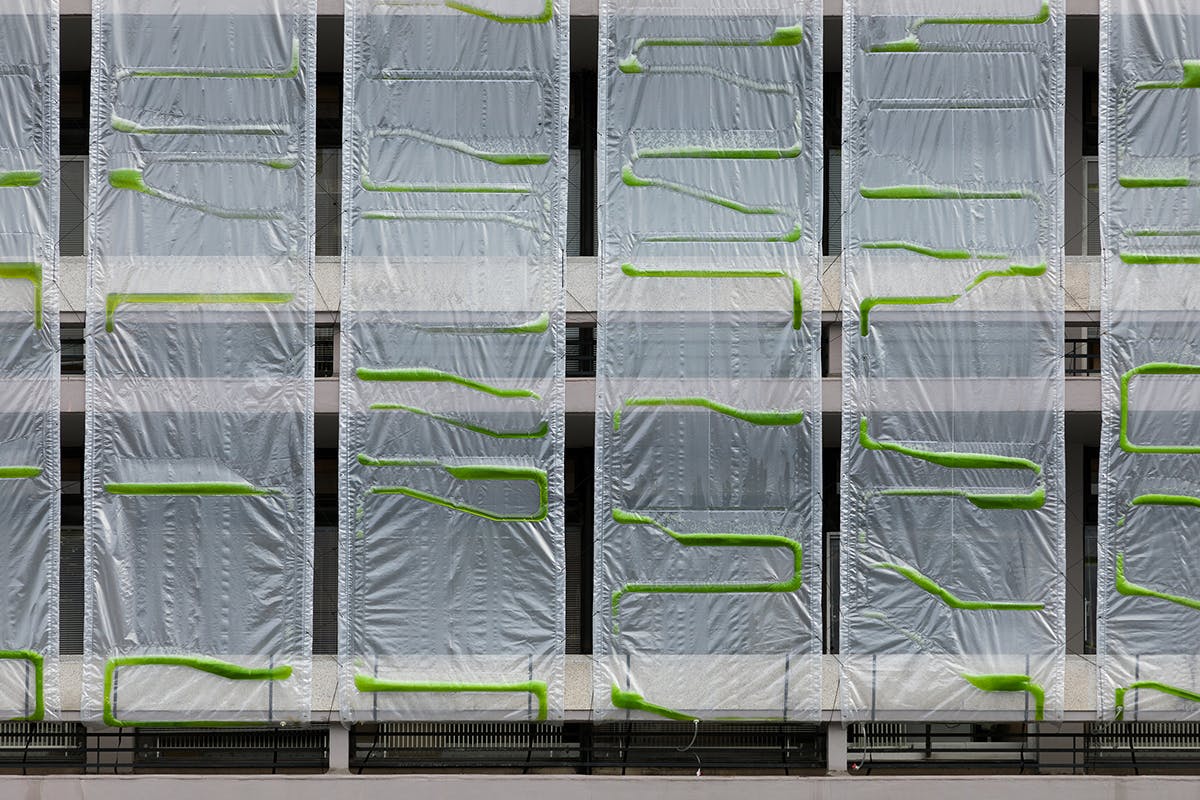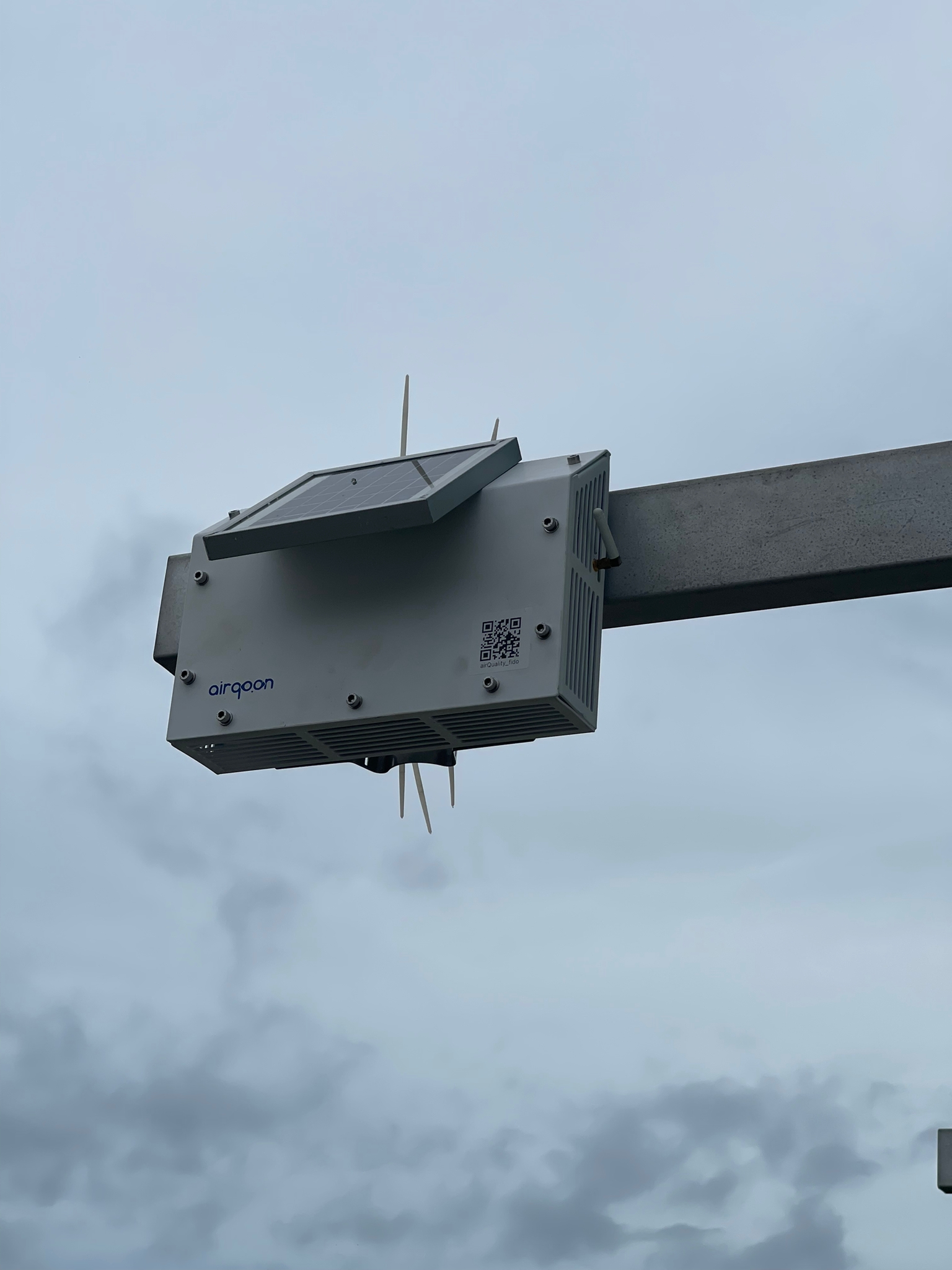One of the major environmental issues faced by rapidly growing metropolises is air pollution caused by urban transformation and intensive construction activities. From Delhi to Mexico City, São Paulo to Lagos, megacities around the world are struggling to combat construction dust. In Türkiye, especially in Istanbul, the large-scale urban renewal process is bringing with it construction dust that makes it increasingly difficult for the city to breathe.
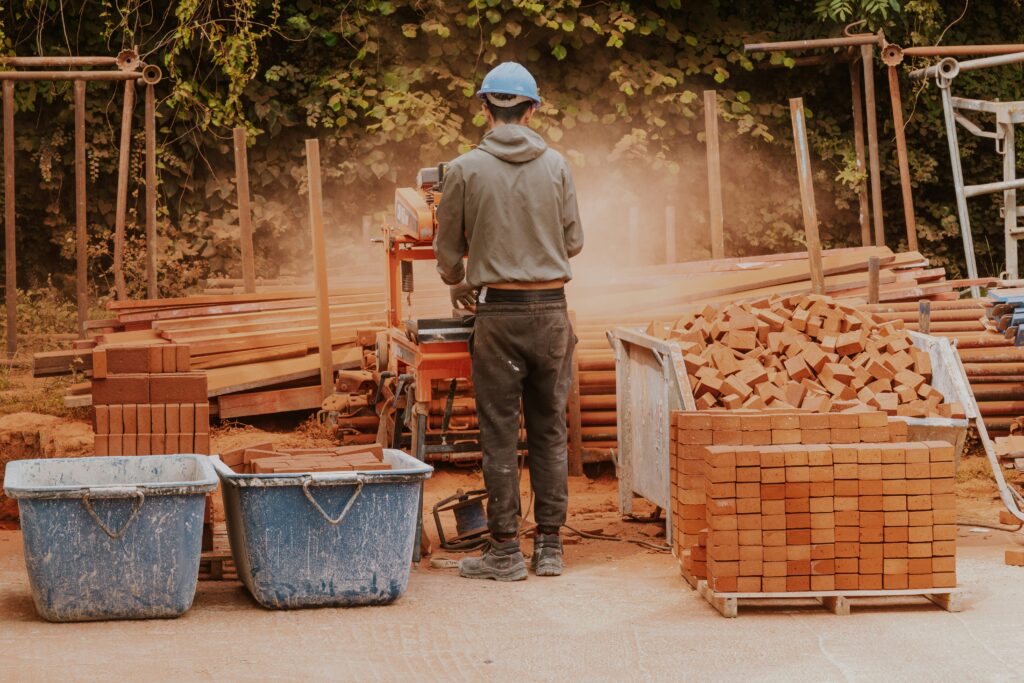
Environmental Pollution from Construction
The spread of fine particulate matter such as PM10 and PM2.5 from construction sites, as well as dust generated by excavation work, material transport, concrete mixing, and cutting-drilling operations, poses a direct threat to respiratory and cardiovascular health. This impact can extend to neighborhoods surrounding the sites, especially on windy days.
The problems caused by construction are not limited to dust pollution. The noise from machinery operating from early morning until late at night, and the roar of concrete mixers, affect the mental well-being of urban residents. For children, the elderly, and individuals with chronic illnesses, this situation becomes a source of stress and disrupts sleep quality. In addition, truck movements, road closures, and inadequate alternative routes increase traffic congestion and can even hinder the passage of emergency vehicles. Every new construction project also increases flood risks by disrupting urban ecological corridors, reducing green areas, and decreasing permeable surfaces. Residents living near construction sites are affected both physically and psychologically—going out onto balconies and opening windows becomes a luxury, while remote workers and students experience reduced productivity.
Update in the IAQM Guide in the UK
The Institute of Air Quality Management (IAQM), which represents air quality professionals in the UK, recently updated its Guidance on the Assessment of Dust from Demolition and Construction. This guide is widely referenced in air quality assessments across the UK and defines how to assess the dust risk from construction activities.
With the 2023 update, definitions of “dust emission magnitude” have been revised. For example, the demolition of a building with a volume of 20,000 m³ was previously considered a “Small” dust emission; it is now classified as “Medium”. Similarly, site area, construction volume, and the number of daily heavy vehicle movements have been redefined.
As a result of these changes, some projects are now categorized under higher dust risk levels. In cities like London, Chelmsford, and Norwich, continuous PM10/PM2.5 monitoring is now mandatory for “Medium Risk” projects. Local authorities may also request baseline measurements for up to three months prior to construction, which has become a factor affecting both scheduling and costs.
Mumbai’s Pioneering Decision: Air Quality Monitoring
On May 20, 2025, the Municipal Corporation of Greater Mumbai made it mandatory for all construction sites in the city to install air quality monitoring sensors. While this decision was made in response to a directive from the Bombay High Court, it stands as a striking example of how cities can systematically address environmental challenges through technology.
Mumbai’s implementation is quite comprehensive. After evaluating 22 different sensor models, the municipality approved 15 and required construction firms to select from these approved models. These sensors not only collect data but also display it visually on-site and share it in real time on online platforms.
Transparency and Real-Time Monitoring: Hallmarks of a New Era
The most impressive feature of the system is its emphasis on transparency. Now, both residents and municipal officials can monitor air quality at any construction site in Mumbai in real time. In cases of limit exceedance, an automated alert system is triggered. This approach offers a smarter and fairer solution than the traditional method of halting all construction whenever air quality worsens citywide.
Mumbai’s situation reflects a common challenge faced by cities globally. Despite the 2023 regulation, only about 10% of construction sites in the city currently have sensors—and most of these are unreliable. This highlights how critical the determination of regulatory authorities is. The Mumbai Municipality’s firmness is reinforced by the threat of closing construction sites if sensor installation is not completed within six weeks.
Lessons from the Mumbai Experience for Other Cities
Mumbai’s experience offers valuable lessons for other megacities. First and foremost, it demonstrates the importance of a point-based approach to problem detection. Similar systems can be installed in areas with intensive urban transformation. Considering wind corridors and geographic features, the dispersion areas of construction dust can be identified in advance.
Mumbai’s cost structure also appears reasonable for large cities in other developing countries. This investment is an acceptable cost item for major construction projects. Furthermore, these sensors not only measure air quality but also help construction firms project an environmentally responsible image. In an era where corporate social responsibility is gaining importance, such technological investments can provide firms with a competitive advantage.
Technological Infrastructure and Standardization
Mumbai’s approach to technological infrastructure is quite smart. By announcing the approved sensor models through the AutoDCR portal, they ensure standardization. Similar portals can be established in other cities to ensure that both sensor suppliers meet specific standards and construction firms choose the correct products. This system can also offer significant opportunities for local tech manufacturers.
Global Impact and Future Outlook
Both examples accept that dust from construction is a serious environmental and public health issue and emphasize the importance of planning ahead, continuous monitoring, and establishing clear rules to combat it.
The most important lesson from the Mumbai experience for cities around the world is that addressing this issue requires the integration of technology and governance. Installing sensors alone is not enough; clear policies are needed regarding how the data will be analyzed, what sanctions will apply when limits are exceeded, and what mechanisms will be activated to incentivize companies.
This approach also aligns with global climate goals. Improving urban air quality is crucial not only for local public health but also for reducing the global carbon footprint. The leadership of megacities in developing countries like Mumbai is promising in terms of democratizing technology and spreading solutions across wider geographies.
References
HA Acoustics. (2025). Understanding the Updated IAQM Guidance on Dust Assessment.
Virani, S. (2025). BMC approves air quality monitors for construction sites. Hindustan Times.
